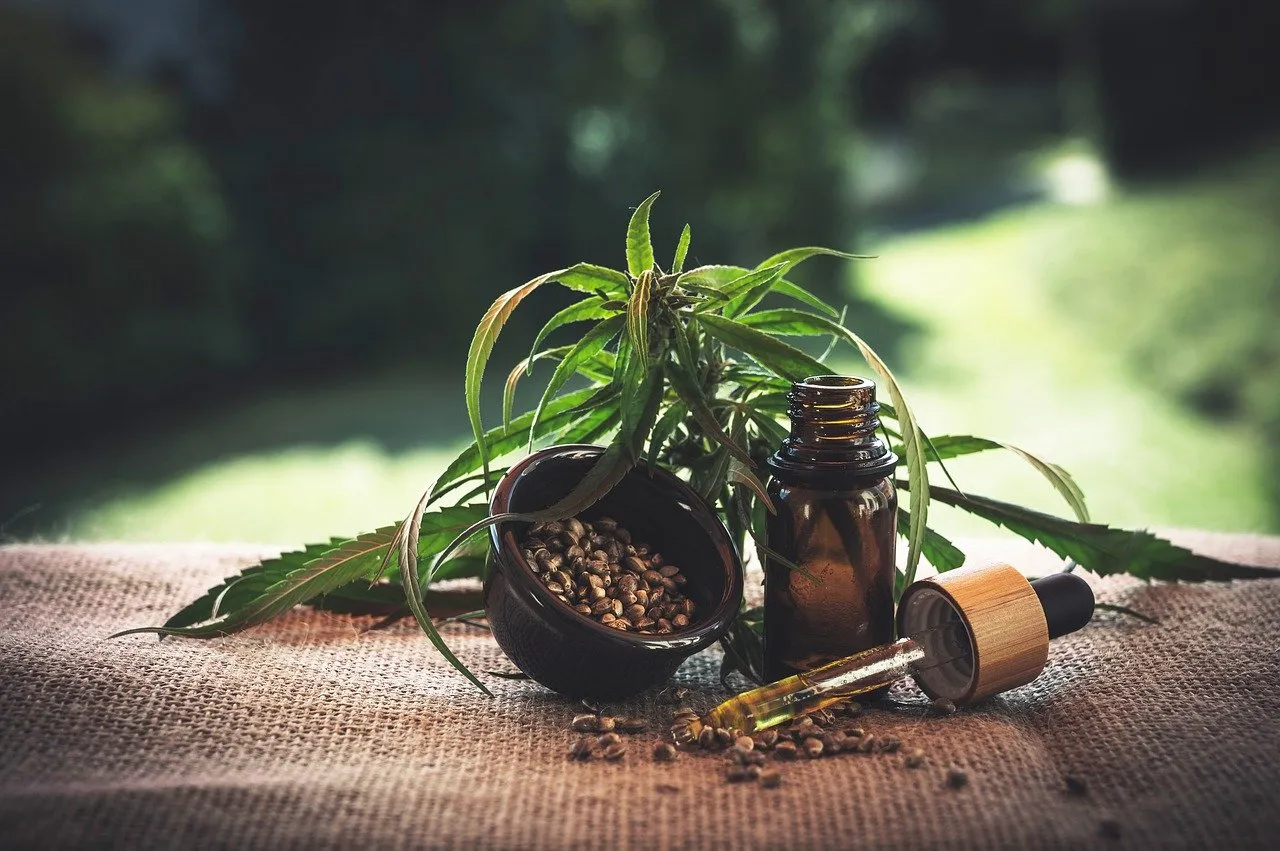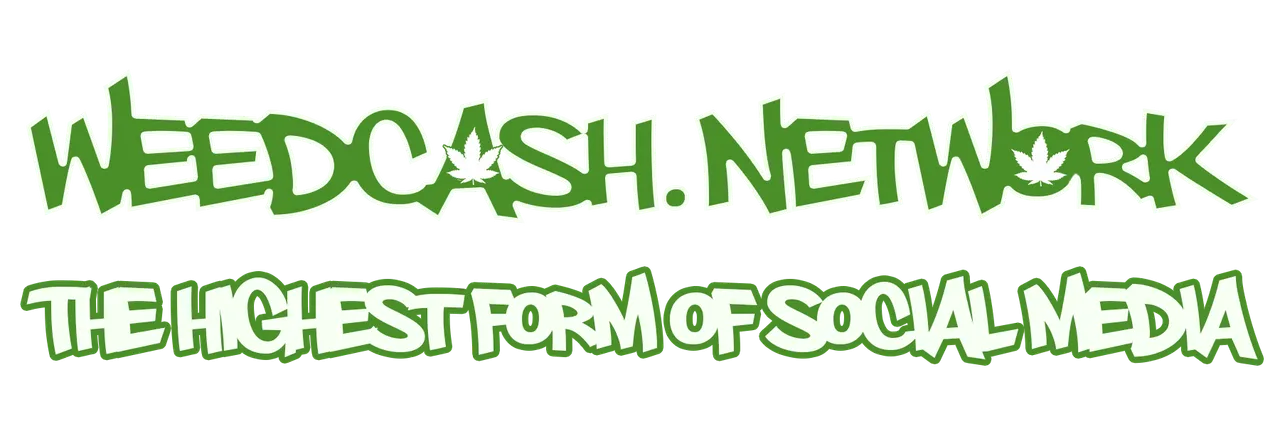
Chances are, you’ve heard about the benefits of using CBD. Perhaps you even have a friend or family member who has turned to CBD in order to help manage their pain.
What you may not know is how CBD actually works, how it can help with different types of chronic pain, as well as a myriad of other ailments, and what formats are available and how to choose the best one for you.
A little history of why I am writing this... My ex wife and son have a rare neurological disorder called Chiari Malformation. It is a condition that affects the nervous system and other vital functions in different ways. We tried many different treatments, including THC, but then the CBD trend started coming into play, that is when the research started. We found quickly that CBD was one of the things that worked the best to attack their kind of pain.
Throughout this series of articles, we’ll cover just about everything you need to know about CBD. We’ll also discuss some common myths and misconceptions about CBD so you are better informed about the many benefits of it and how it can improve the quality of your life.
Ready? Let's get going!
CBD Explained
Are you ready for some super scientific technical talk? Great, because here it comes, haha. First thing is first, you need to know what CBD is and a bit of information about the cannabis plant overall.
CBD stands for Cannabidiol. It’s one of over a hundred different compounds produced in the resinous flowers of the cannabis plant. The gooey resin is concentrated on the dense clusters of flowers (commonly called buds) of the plant. These are covered by tiny, mushroom- shaped structures known as trichomes. These trichomes protect the plant from heat and UV radiation. They’re glandular crystals, and create a treasure trove of medicinal compounds, including CBD, THC, and various aromatic terpenes, which is what gives the plant its taste and smell.
The trichome oil also has anti-fungal, antibacterial, and insecticidal properties that repel pests and predators. The stickiness of the resin also helps by trapping insects. And contrary to popular belief, CBD isn’t the compound that makes you feel “high” – that’s called tetrahydrocannabinol (THC). You would be surprised even with all the information out there today, that people still do not realize this... CBD is non-addictive, so you don’t need to worry about developing a “habit” from its use.
CBD oil comes from the resinous trichomes of the cannabis flower. However, there are many different strains or varieties of the plant, and the amount of CBD in the flowers depends on which strain you harvest.
Low-resin industrial hemp, which is legally defined as Cannabis with less than 0.03 percent THC by dry weight, has fewer trichomes (and thus, less oil) than high-resin strains do. Producers tend to use the industrial hemp in leu of other high CBD strains and try to pass it off as high quality. However, most high-resin strains nowadays are THC-dominant with little CBD. Therefore, it’s important to choose an appropriate CBD-rich Cannabis strain. Once you have a CBD-rich source, you then extract the oil, if you just don't find oil in a shop ready for you. If you want to make your own medicine though and you have a good flower source, there are several ways to do this and each has its pros and cons.
CBD Extraction Methods
The purpose of extraction is to make the CBD and other beneficial components of the flower available in a highly concentrated form. Because the cannabinoids are naturally oily, separating the CBD from the plant material creates a thick, sticky, potent oil.
CBD is soluble in both oil and alcohol. The process of extraction usually uses a chemical that can dissolve an oil or alcohol-based compound. These chemicals include supercritical CO2, ethanol, hydrocarbons like butane, food grade grain alcohol, and common olive oil.
CO2 extraction is one of the safest methods, and it’s the one most commonly used commercially. Under high pressure and fluctuating temperature, CO2 becomes a liquid which can flush out the active ingredients of the plant matter.
This method is very effective because each compound in the oil can only be extracted by CO2 under very specific temperatures and pressures. This means you can fine-tune the process to extract pure CBD instead of a chemical stew.
Ethanol extraction has been used in many cultures for centuries, and not just for cannabis. This method is used in many herbal extractions. In 1854, the US Pharmacopeia recommended ethanol-based tinctures of “Indian hemp” to treat many ailments (including anxiety, depression, pain, and even muscle spasm).
Until 1937, when the Marijuana Tax Act was passed, these tinctures were commonly sold and used by the public, and in recent years, ethanol extraction has once again become popular. Thanks government and corporations, haha.
Today, food-grade grain alcohol is used to create very potent, high-quality CBD-rich oil suitable for oral ingestion. Hydrocarbon extraction (such as butane, hexane, or propane) has some major advantages as well as disadvantages compared to the other methods. Using chemicals like these are very dangerous though and require a well ventilated area and personal protective equipment... Trust me, it can get nasty if you are not careful. Not to mention, they are extremely flammable and you can blow yourself up pretty fast.
When done properly, this technique is very effective at separating cannabinoids and terpenes from unwanted plant components like chlorophyll. The potent concentrates of this extraction method, which are inhaled or “vaped,” can be very harmful to the user, especially if they have compromised immune systems. But we all know that 'dabs' can be very effective at a fast medicated experience, haha. You just have to make sure that you get all of the chemicals out of the oil before consumption. If using food grade alcohol, it is suggested to consume it as an edible instead of trying to vape or dab it.
Finally, olive oil extraction is simple and cheap – and you can do it at home if marijuana is legal in your area! If it is not, just be safe and stay out of radar of the law.
What you do to get started is heat the plant matter in the oven. Approx 225 for 45 minutes to an hour will do the trick. This will turn THCA into THC and CBDA into CBD. Steep the flowers and leaves in the olive oil. Suggested to do this using a double boiler situation where you can keep the oil hot for about 4 hours or so while the extraction happens.
Then sift, strain, and separate the oil from what’s left of the plant.
Note: This process doesn’t strain out the THC, so this product can produce a “high.” Cannabis-infused olive oil is perishable and should be stored in a dark, cool place so it doesn’t spoil. Oil can be used in many ways. You can take the product direct or you can use it in cooking since the compounds are already activated. I like to use it as a salad dressing with some balsamic vinaigrette and can I just say, yum...
Wrapping Up The Intro
So now that you have a bit more of a technical understanding, the next article I am going to be discussing different ways CBD can improve your life. For myself, it really helps with back pain and my anxiety. THC, depending on the amount and the strain, can sometimes still cause me some anxiousness and a bit of paranoia, even though, I live in a legal state and don't have anything to fear. My ex and son, as discussed before, use it to help their severe nerve pain and it helps calm down migraines that in other cases would put them both down for days at at time.
Here are links to a few resources that I believe will help you on your CBD journey. These were all resources I used in my research and in the writing of these articles.
6 Benefits of CBD Oil:
https://www.healthline.com/health/cbd-oil-benefits
CBD for Anxiety:
https://www.medicalnewstoday.com/articles/how-to-use-cbd- for-anxiety
CBD Explained:
https://www.medicalnewstoday.com/articles/317221
CBD on Wikipedia:
https://en.wikipedia.org/wiki/Cannabidiol
Header image is used with complete rights and was downloaded free from Pixabay.com

